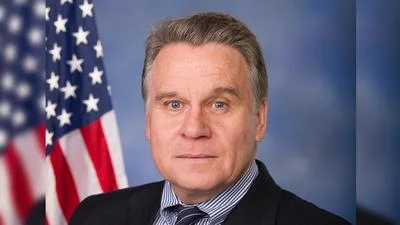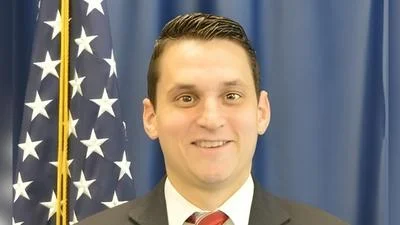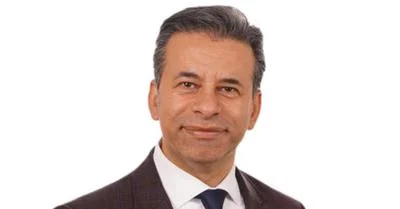The Congressional Record is a unique source of public documentation. It started in 1873, documenting nearly all the major and minor policies being discussed and debated.
“FISCAL YEAR 2000 ENERGY AND WATER APPROPRIATIONS CONFERENCE REPORT” mentioning the U.S. Dept. of Energy was published in the Senate section on pages S11637 on Sept. 29, 1999.
The publication is reproduced in full below:
FISCAL YEAR 2000 ENERGY AND WATER APPROPRIATIONS CONFERENCE REPORT
Mr. STEVENS. Mr. President, the Energy & Water Appropriations Conference Report for Fiscal Year 2000 passed the Senate by an overwhelming vote of 96-3 yesterday. I thank my friend and colleague, the senior Senator from new Mexico and chairman of the subcommittee, for his excellent work in negotiating this bill and bringing back a very strong conference report. I'd also like to commend our extraordinarily talented and creative staff, Alex Flint, David Gwaltney, and Lashawnda Leftwich without whom we could no have finished this bill.
There are three programs I would like to highlight. First, the conferees have provided $98.7 million for biomass research. Last week, the Subcommittee held a hearing on biomass and heard testimony about a proposal by Sealaska Corporation to produce ethanol using surplus wood. I urge the Secretary to take a careful look at this project and support it within the funds provided.
Second, with respect to the wind program, the conferees funded it at
$31.2 million, an increase over the House level. Over the past few years, the Department has supported the Kozebue wind demonstration project, the only wind generation system in my state. According to the National Weather Service, the windiest cities in the country are in Alaska. If the Kotzebue project proves to be cost efficient, wind may become a major source of electrical power in my state where electric rates are as much as ten times the rate in the lower 48: 55 cents per kilowatt hour in Alaska versus 5 cents per kilowatt hour in states like Idaho. I urge the Department to continue its support of the Kotzebue wind project.
Lastly, the managers agreed to language urging the Department of Energy to evaluate nuclear medicine technology known as Positron Emission Technology or PET.
I am pleased that the conference report includes strong language directing the Department of Energy to report back to the committee on what steps it can take to give immediate support to a new laboratory at the University of California--Los Angeles which will develop pioneering new molecular-based treatments for disease.
These new treatments will use genetically engineered mouse models of several human diseases and track progress with a miniaturized version of positron emission tomography (PET) called Micropet.
While scientists and clinicians have been able to diagnose and stage human illnesses, including most types of cancer and other diseases such as Parkinson's and Alzheimers' using pet imaging, the UCLA research promises to expand the examination of the biologic basis of disease into new treatment of the molecular disorders that scientists now believe are the cause of disease.
I understand that the new laboratory at UCLA will need at least $2 million in Federal funds during fiscal year 2000 from the other office at the Department of Energy, and I hope that the Department will make every effort to provide the needed funds to bring this critical project on line at the earliest time it can.
____________________








